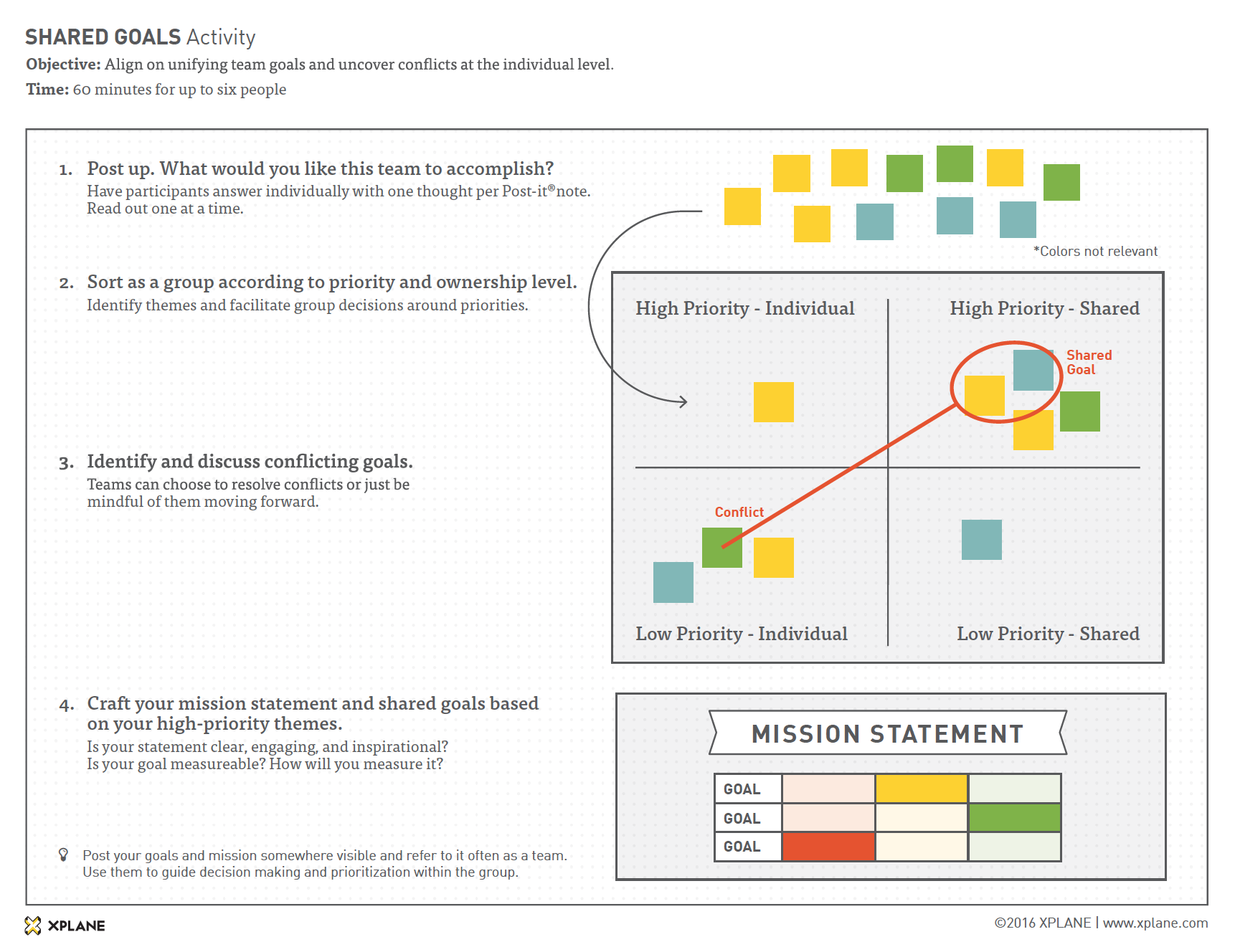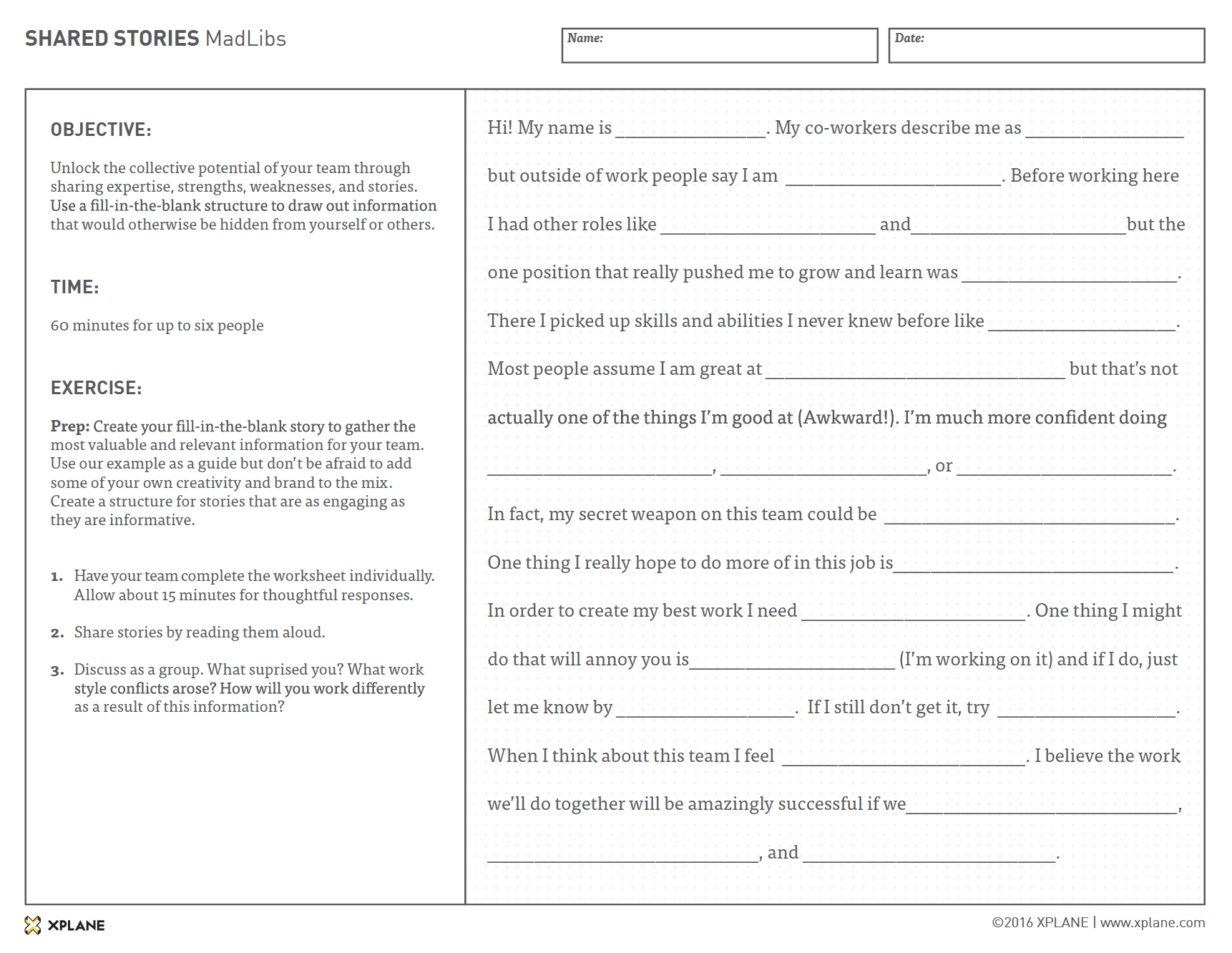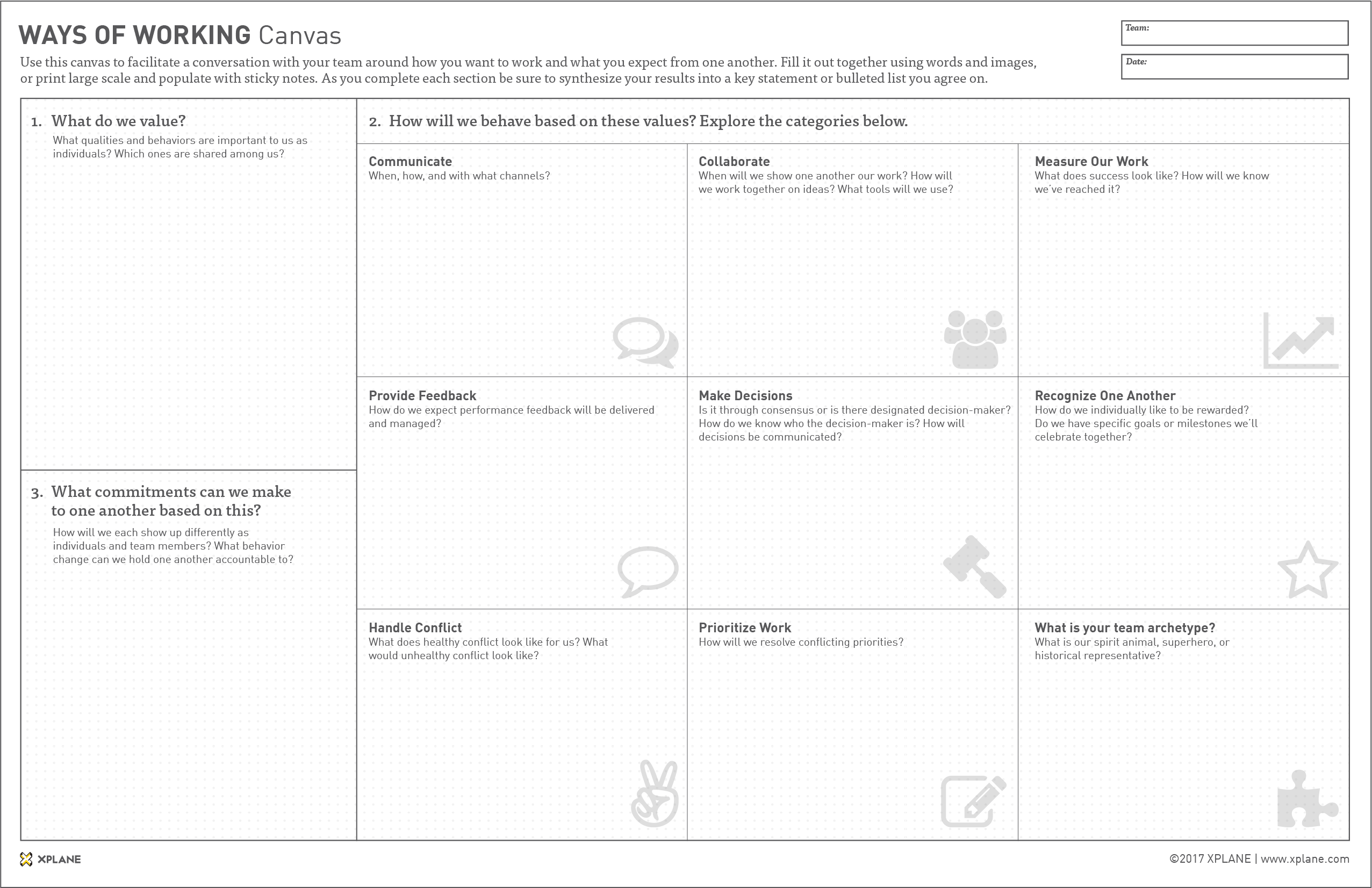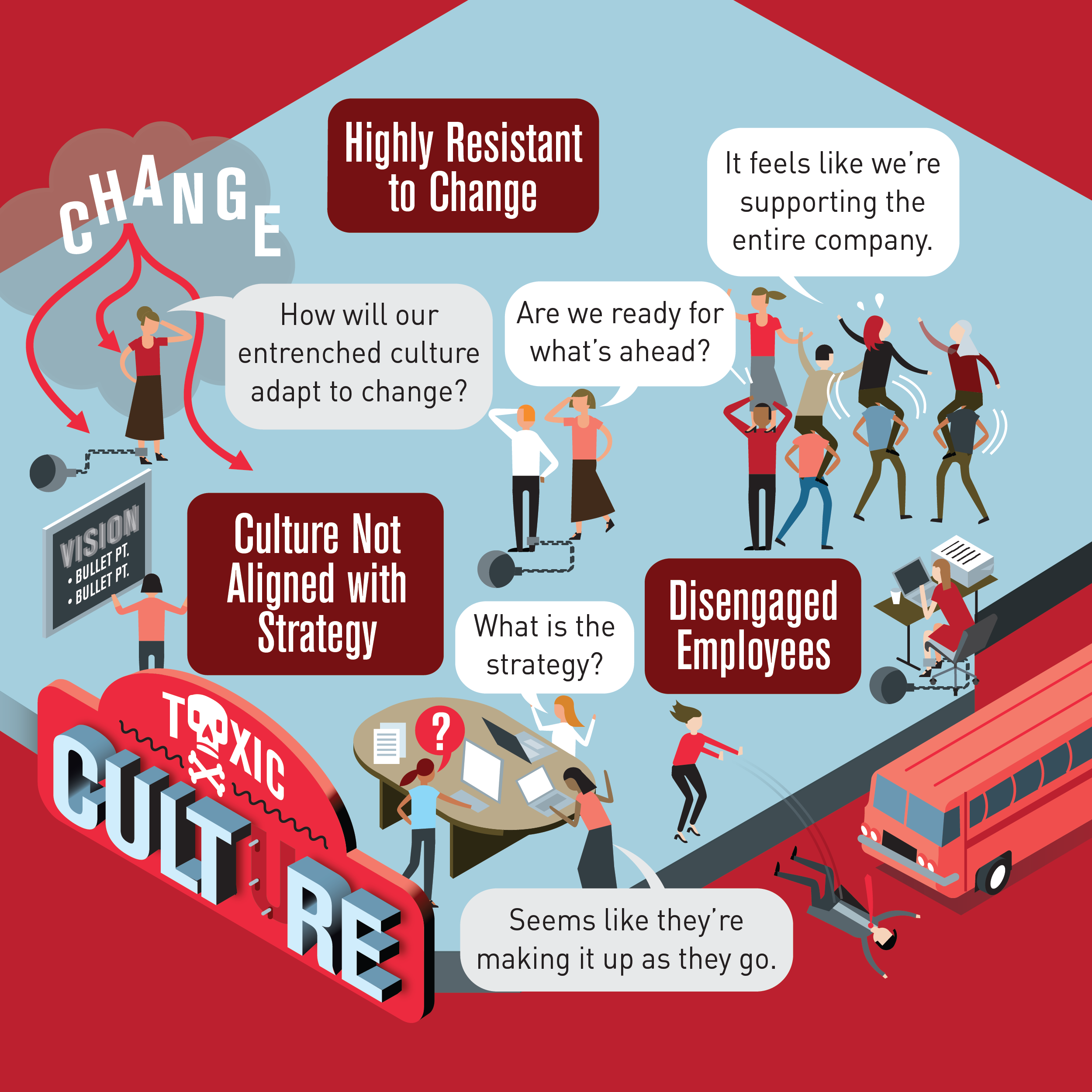A great team can produce results beyond any one star performer. And we’ve seen in the sports world how a team of individual all-stars doesn’t always equal an all-star team. What makes a team effective? Why do some teams make one another stronger while others tear each other down? Can you fix one that’s broken?
I became fascinated with this topic about a year ago and began reading all I could on it. I started interviewing our consultants; they work with teams across organizations each day and know a high performing team when they see one. I received good insights but had trouble finding strong enough patterns to draw any conclusions. Some teams had clear, strong leadership, while others thrived in flat, collaborative environments.
Just as I was about to conclude there was no secret recipe to high performing teams, Google released their extensive research results announcing just that: There is no magic recipe. There is no magic mix of skill set types, hierarchy, or demographics. Even more surprising, there is no one size fits all set of behaviors to make a team work. Some teams get to incredible outputs through critique and debate while others find groundbreaking creativity through positive encouragement and support. There only appears to be two pervasive qualities among all successful teams that no one seems to debate: trust and respect. Trust and respect, the core requirements to any healthy relationship, are foundational, but when it comes to teams, they can also be elusive.
We just need to trust each other” — Easier said than done!
Let’s look at the positive side of this conclusion. If there is no secret recipe, you can create a high performing team out of (almost) anything.
So whether you are creating a new team from scratch, inheriting one that doesn’t yet click, or trying to rehab a team that is completely dysfunctional, think of think of the following three foundational elements as ones you can put in place to create a high powered team fueled by trust and respect:
Shared Goals:
If your team doesn’t have a common mission or goal, they are not a team; they are employees working side by side. If individually they have conflicting goals, they are actually working against each other. If they are working against each other (or even suspect they are), how can you expect them to trust one another? Mission and goal can be used interchangeably, and although I love that a goal is typically more measureable, a good mission creates passion. You should strive for both.
Here’s an exercise you can use to facilitate this with your team:

Click here to download the High-Performing Teams Shared Goals Worksheet
Team Understanding:
How well does your team know one another? Even if they have worked together for years, you would likely be surprised by the answer. Do they know one another’s backgrounds and areas of expertise? Do they know about their interests, goals, and skill gaps? By creating a common understanding of strengths and weaknesses, the team will begin to identify as an interconnected unit vs. a group of individuals. Revealing yourself more fully also makes you more approachable, human, and easier to connect with. All of this helps foster authentic trust and respect.
Here’s a storytelling exercise to help people share their story:

Click here to download Shared Stories MadLibs
Established Ways of Working:
What are the common expectations and norms that this team will follow to get work done? How and when will we share and communicate our work? How will decisions get made? What behaviors are encouraged? How do we deal with conflict? It’s essential to co-create these norms together as a team. Differing work and communication styles can create power struggles, alliances, and kill progress. This might be hard work and highlight areas where your team members have different worldviews and philosophies; however, it’s better to do the work now than later.
Here’s a canvas you can use to guide your team through these discussions:

Click here to download the Ways of Working Canvas | Learn more about the Ways of Working Canvas
If you’ve invested the time and energy into the previous exercises you’ve probably had some breakthroughs as a team. Now comes the hardest and most important step: the follow through. Everything you’ve done previously won’t get you the results unless you keep it fresh by referring back to it and working through the tensions that arise as you work. The ways of working you’ve defined will require behavior change for some people. That is hard work and requires continuous reflection, feedback, and conversation. If you don’t provide consistent follow through, the trust and respect you’ve developed will begin to diminish.
Here are some tips for embedding new ways of working on your team:
-
- Take over a physical or virtual wall with your mission statement, stories, and canvas to keep it present and fresh
- Provide regular metrics reporting and visibility on your shared goals
- Schedule a monthly meeting to talk about team tensions and highlight successes and challenges related to your ways of working
